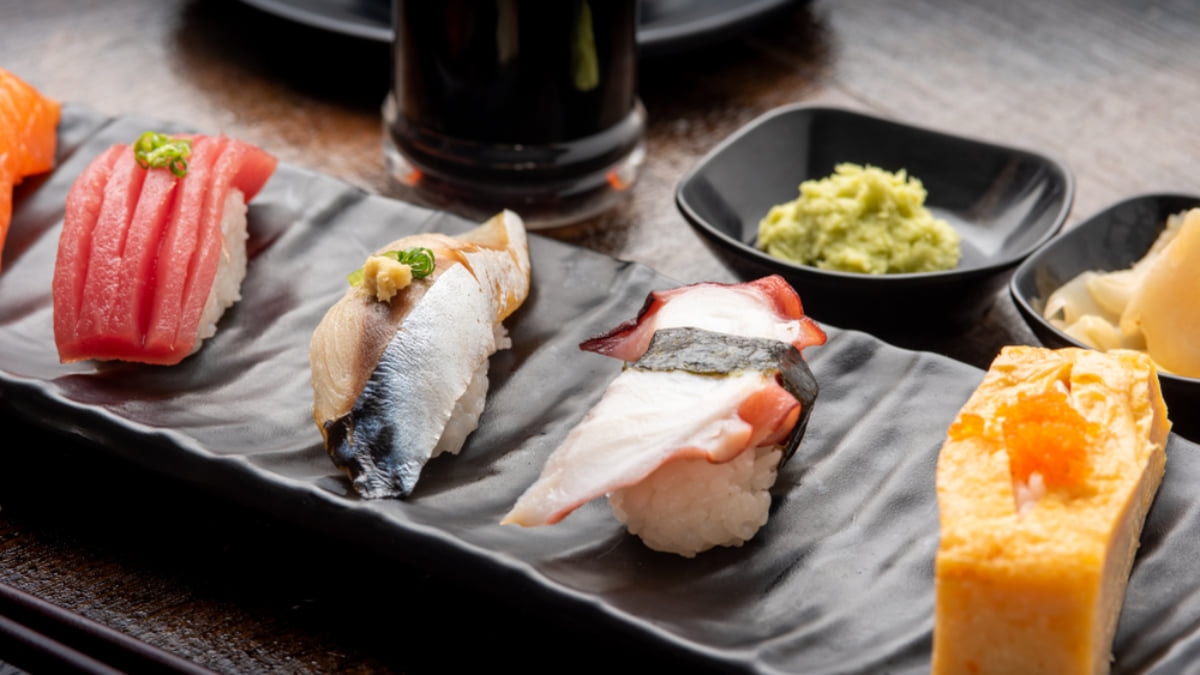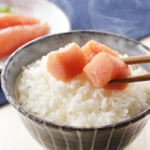Photo by Charlad Laorlao/Shutterstock
8 Weird and Wonderful Sushi Toppings to Try in Japan
While ingredients like salmon, cucumber and tuna are universally popular, there are many sushi toppings or 'neta' that are rare outside of Japan. Historically, sushi was simple sustenance for commoners, but this humble dish has evolved to suit every palate, and can be found at both budget buffets and luxury sushi restaurants around the world. From vegan-friendly legumes to the finest delicacies, these weird and wonderful sushi toppings will deepen your appreciation for this centuries-old Japanese dish.
table of contents
[x] close
8 Weird and Wonderful Sushi Toppings to Try in Japan
Uni (Sea Urchin)
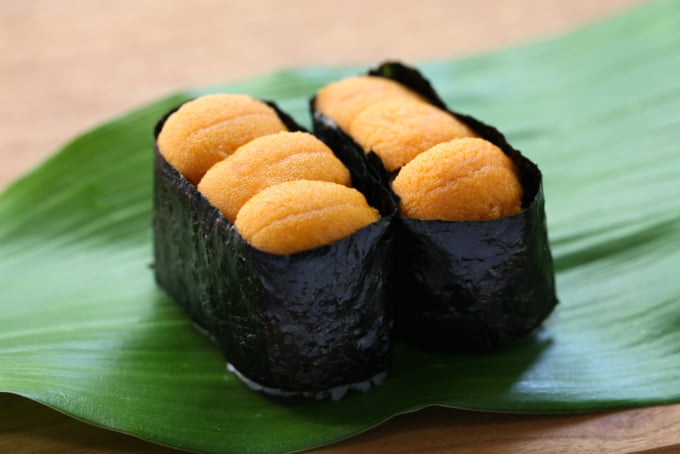
Photo by bonchan/Shutterstock
An acquired taste even in Japan, uni is the reproductive organs of the sea urchin, and is considered quite a delicacy. The taste of uni varies widely depending on quality and freshness, so it's best to splurge when it comes to this treasure from the sea. Salty and umami (savory) with a creamy, melt-in-your-mouth texture, the taste is comparable to salmon roe. It's appearance, however, is much less appetizing. Uni is most often prepared as nigiri (pressed over vinegar rice) or gunkan, which is nigiri sushi wrapped with a strip of nori seaweed.
Ika (Squid)
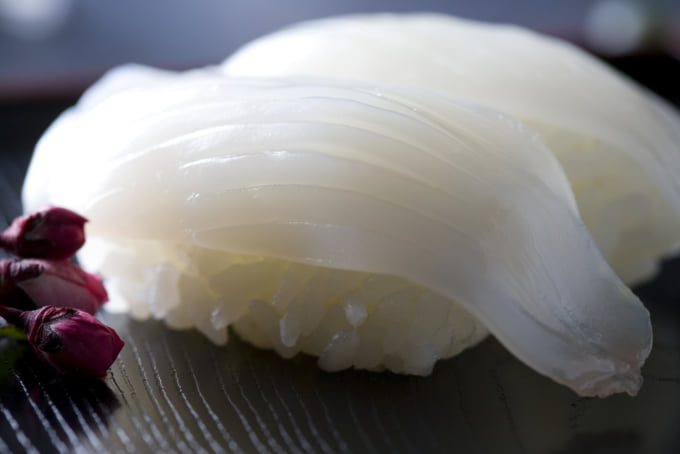
Photo by Payless Images/Shutterstock
Raw squid has a milky taste and creamy, chewy texture with a slightly bitter aftertaste. With almost no discernible smell and a mild, unoffensive taste, raw squid is a great option for people who aren't fond of seafood, as it has little in common with the taste and texture of more widely consumed fish and crustaceans. Ika sushi is usually prepared with the body or 'hood' of the squid rather than the tentacles, though these are also edible when cooked.
Natto
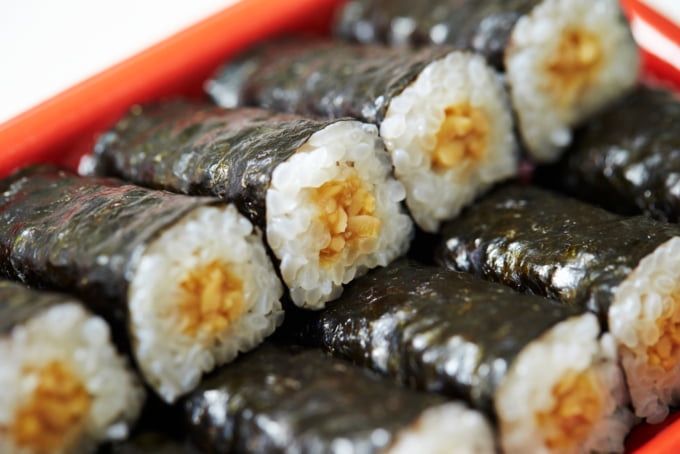
Photo by mnimage/Shutterstock
Cheap, healthy and easy to prepare, natto is a Japanese superfood made from fermented soybeans. These beans are high in protein, low in calories and rich in vitamins and minerals, and are widely consumed throughout Japan. Slimy and bitter with a pungent odor, natto may not be very appetizing on its own, but adding a little sauce goes a long way to improving the taste and texture. As an ingredient for sushi, natto-maki, a sushi roll filled with natto and wrapped with seaweed, is the most common.
Anago (Conger/Saltwater Eel)
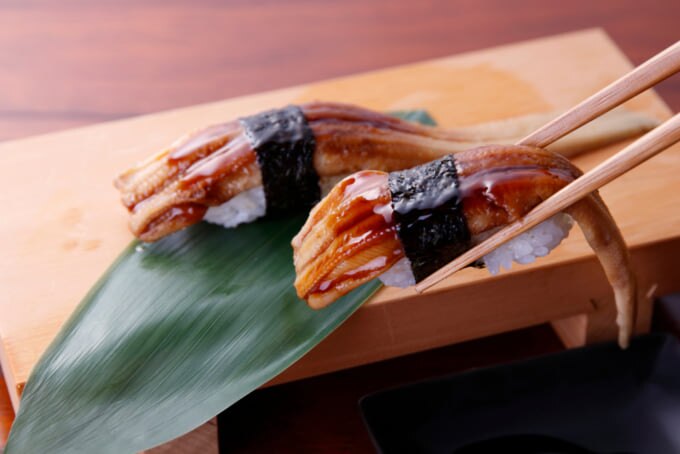
Photo by NOBUHIRO ASADA/Shutterstock
Anago are saltwater eels, a type of edible fish common on restaurant menus in Japan. When prepared as sushi neta (topping), anago are cooked in sauce before serving, giving them a soft texture and slightly sweet taste. Although they are both eels, unagi and anago differ widely in their flavor profile and culinary uses. Unagi is the Japanese freshwater eel, a rich, flavorful summertime delicacy typically glazed, grilled and served over a bed of warm rice.
Shirasu
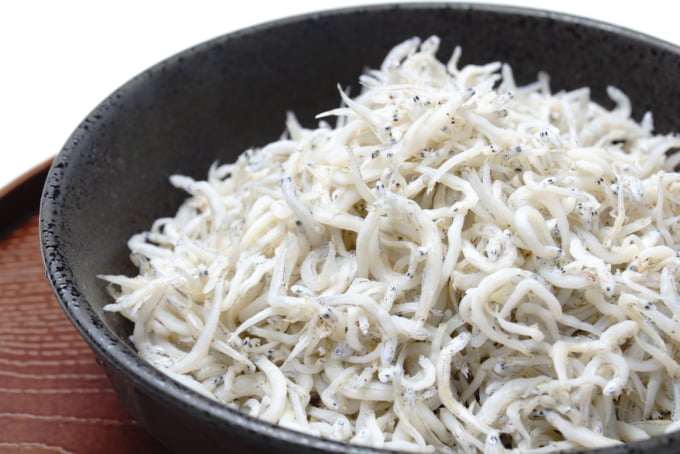
Photo by fumi901/Shutterstock
Also known as whitebait, shirasu are tiny fish fry, typically the young of herring, sardines or anchovy. Whitebait are a delicacy in many parts of the world, but they are not particularly rare or expensive in Japan. These tiny fish are eaten whole, and are a source of calcium and other important minerals. As a sushi topping, shirasu are usually cooked, but fresh, raw shirasu are available seasonally in certain parts of Japan such as Kamakura and Shizuoka City.
Mentaiko
Mentaiko is a flavorful preparation of cod (pollock) roe, a common whitefish with territories throughout the northern hemisphere. The eggs are marinated with spices including Korean red pepper and have a salty, spicy flavor that goes well with many dishes, including as a topping or sauce for nigiri sushi. A milder version of mentaiko is tarako, which are plain but still very salty, and are a great option for those who dislike spicy food.
Saba (Japanese Mackerel)
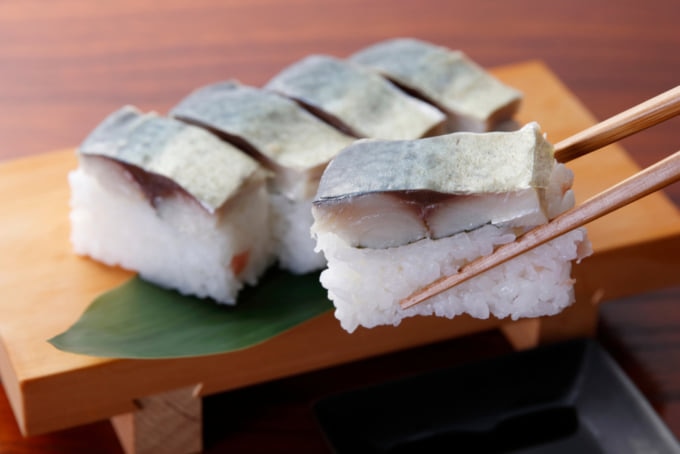
Photo by NOBUHIRO ASADA/Shutterstock
Saba refers to the Pacific chub mackerel, a fish in the tuna family. Unlike true tuna, however, saba are not predatory fish, and therefore contain lower levels of heavy metal contaminants that make eating seafood a concern for some. These fish are high in protein and healthy omega 3 fats, making them a perfect addition to a healthy meal. However, the high fat content of these fish means the meat has a strong 'fishy' odor and spoils quickly, and for that reason saba are often preserved by pickling them, a dish known as 'shime saba'. A slab of pickled or broiled saba is a flavorful and healthy sushi neta.
Kazunoko
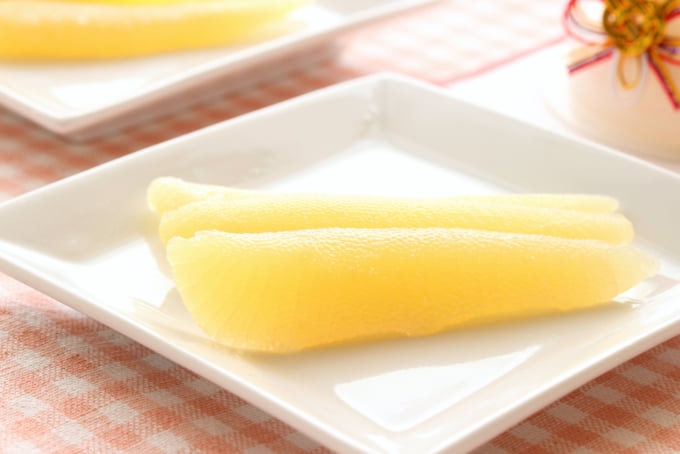
Photo by tamata/Shutterstock
Kazunoko are herring roe, a rare and expensive delicacy typically only consumed around the New Year holiday in Japan. Bunches of tiny, golden eggs are marinated in dashi (fish stock) and soy sauce, and are occasionally used to make nigiri sushi. The kazunoko are salty and slightly crunchy, and like many delicacies, can be a bit of an acquired taste. Although herring do make an appearance in Hokkaido's waters around springtime, their territory was once much larger, extending down to Toyama Prefecture in central Japan. These days, most of the herring and herring roe in Japan is imported from North America.
In Conclusion
Japan's high-end sushi bars and fresh seafood markets are legendary among foodies, and tasting authentic, local sushi is high on the list of things to do for many visitors from abroad. With sushi, as with many things, the risk is equal to the reward, so don't stick to what you know. By trying something new, you might just discover a new appreciation for sushi and traditional Japanese cuisine.





